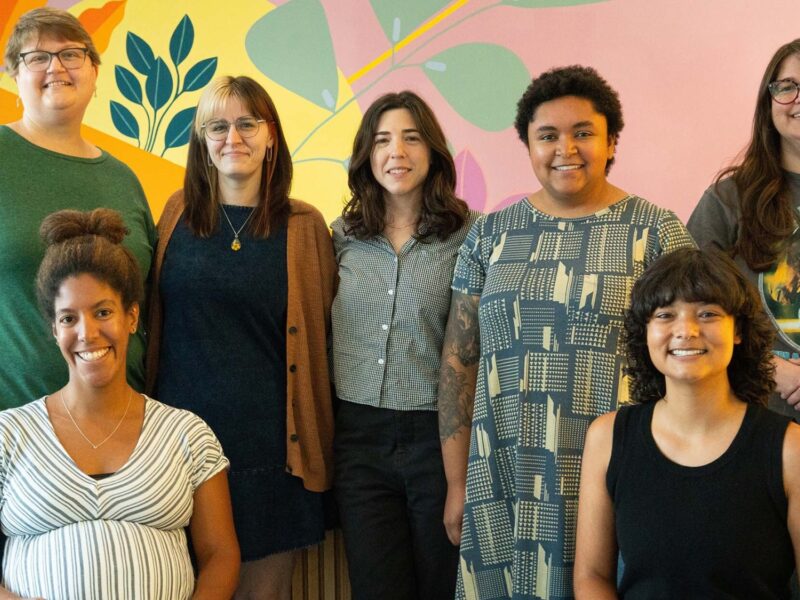Here’s how to make non-cash assets part of your nonprofit’s fundraising plan.
Only seven percent of wealth in the United States is held in cash, yet it makes up more than 85 percent of all charitable donations. That’s because cash is what most fundraisers ask for, despite the impact cash donations make on most donors’ lifestyles.
Fundraising expert and professor Russell James states in his groundbreaking paper “Cash is not King in Fundraising'' that nonprofit organizations accepting non-cash assets leads to significant growth in donations.
By talking to your donors about leveraging their non-cash assets to support your organization, you may open your nonprofit up to new financial opportunities that can support it into perpetuity.
Nonprofits aren’t always equipped to accept assets in their original form, which is why we partner with nonprofits to accept and process non-cash assets. These gifts are things such as:
- Life insurance
- Farm equipment, corn, cattle, etc.
- Privately held stock
- Real estate
- Retained life estate
- Retirement assets
- Stock and mutual funds
- Cryptocurrency
Get to Know Your Donors
“It’s important to know your donor when introducing them to this giving option,” said Director of Gift Planning Mariah Brook. “It’s really about knowing who they are and their family, if and where they have a second home and what assets they have.”
Building those strong relationships makes it easier to ask your donors key questions about their assets.
“Oftentimes people give a gift and say ‘I wish I could give you more,’” Mariah said. “If you hear that kind of language, usually that means they may have other assets, and that may be a way for them to give back.”
“By talking to your donors about leveraging their non-cash assets to support your organization, you may open your nonprofit up to new financial opportunities that can support it into perpetuity.”

According to financial planner and industry expert Bryan Clontz, Ph.D., CFP®, CLU®, a majority of millionaires created their wealth through real estate or privately-held business, and are often the most charitably inclined donors. From a planning perspective, these assets are likely to have a very low tax basis, which means donating these types of gifts is beneficial for both the donor and your organization.
“A donor may have real estate that has appreciated or they may be slightly older and thinking about a retained life estate where they can live in their house until they pass away,” Mariah said. “Your nonprofit, with our help, would then be able to retain that house and liquidate it to support your organization.”
Tell Donor Stories
When talking to donors about non-cash assets or gift planning in general, it is important to also think about your broad marketing. The key to marketing any of your programs and initiatives to current donors and potential donors is storytelling.
When promoting planned gifts such as non-cash assets to support your organization or endowment, the most efficient way to market is through testimonials from living donors who have donated similar gifts.
“We have an organization where a donor opened up a charitable gift annuity,” said Mariah. “The organization highlighted the donor’s story in their newsletter and later had three other individuals come forward wanting to have a conversation. Those three people may have never risen to the top of the organization’s prospect list had that story never been shared.”
To learn more about how you can make non-cash assets part of your fundraising plan or how to start a nonprofit endowment fund, contact Director of Gift Planning Mariah Brook at 651.325.4269.









